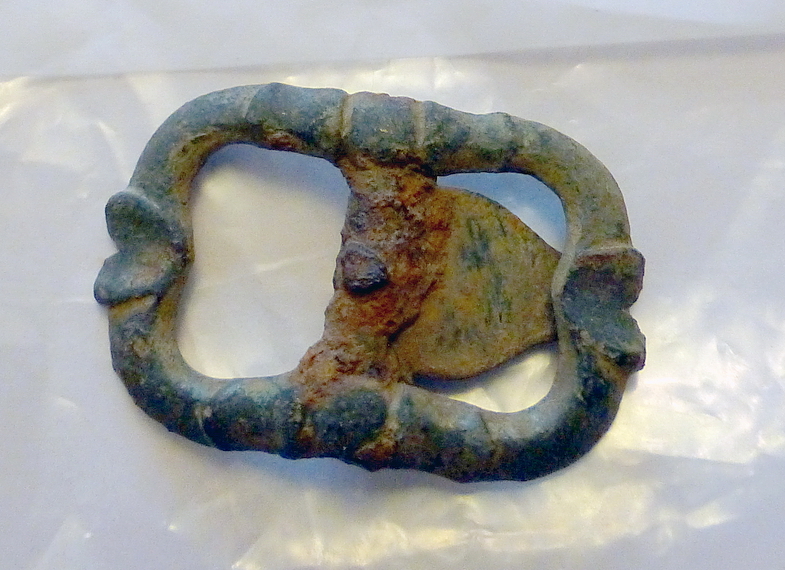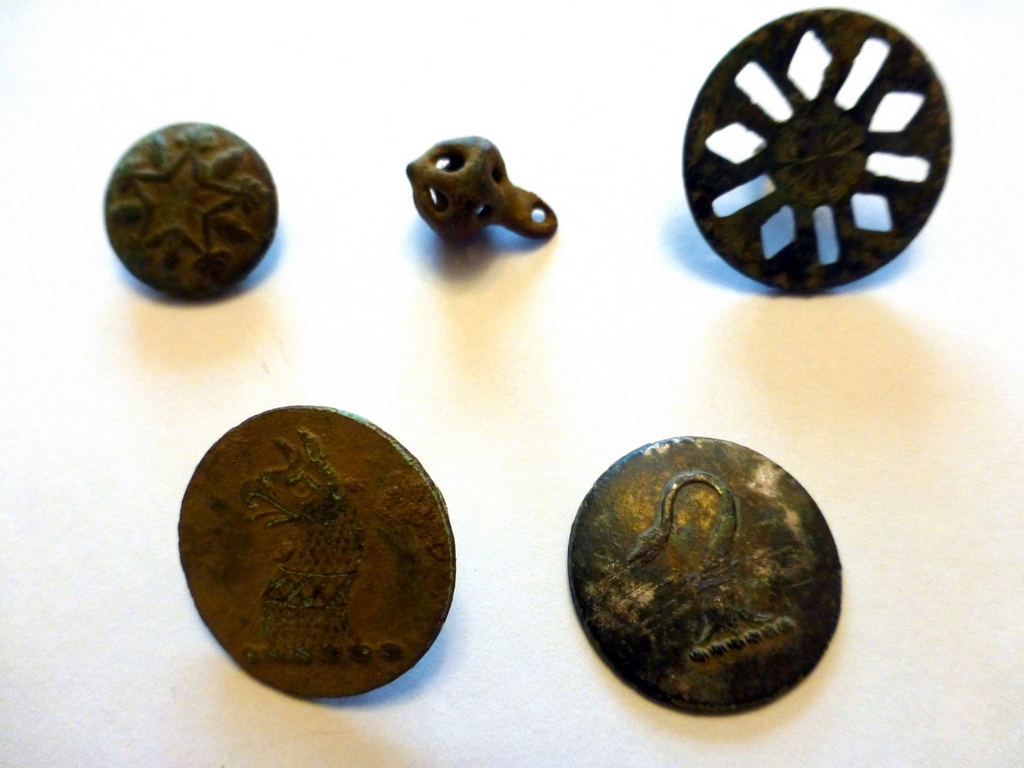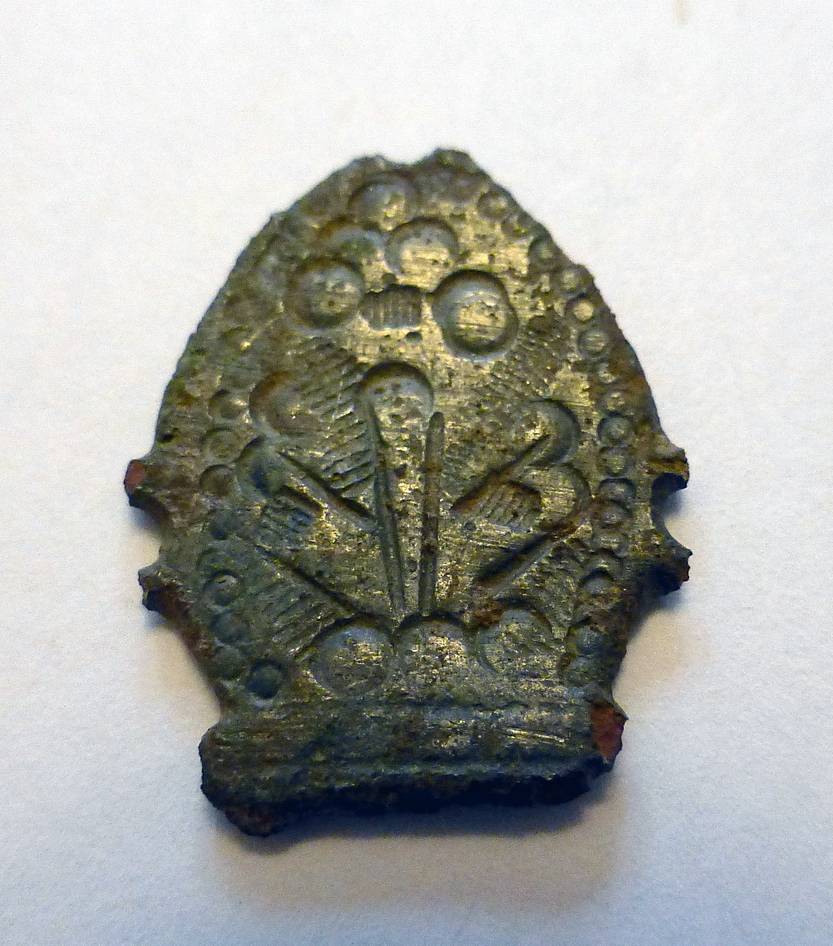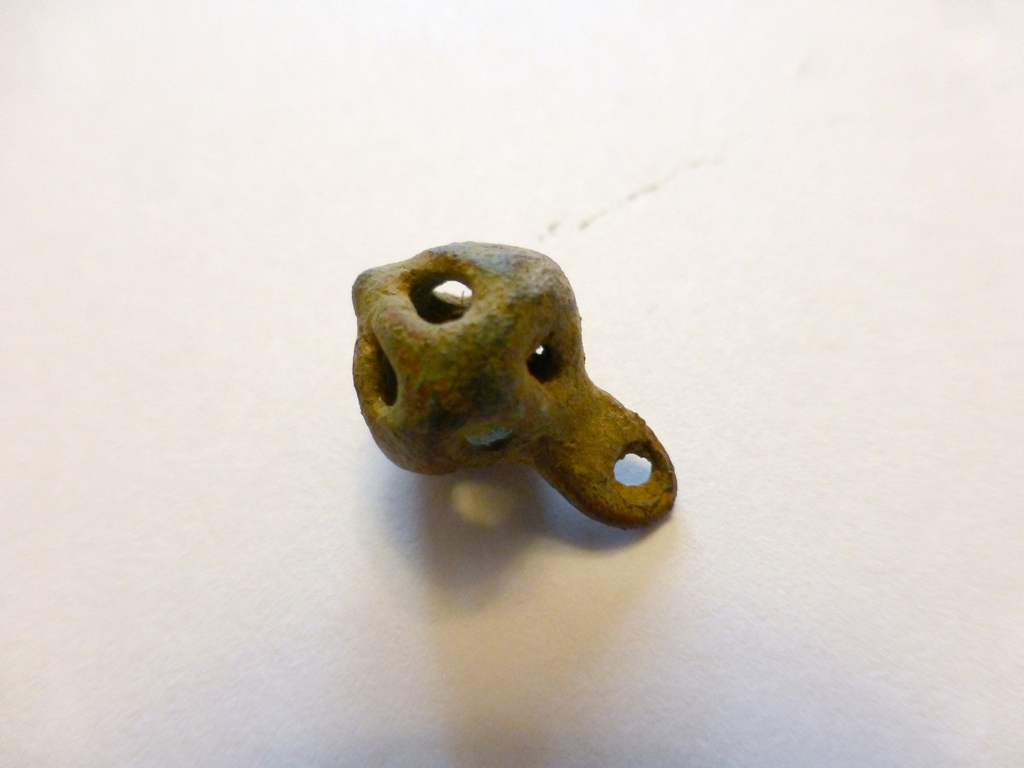Tudor Martham (1485 to 1603)
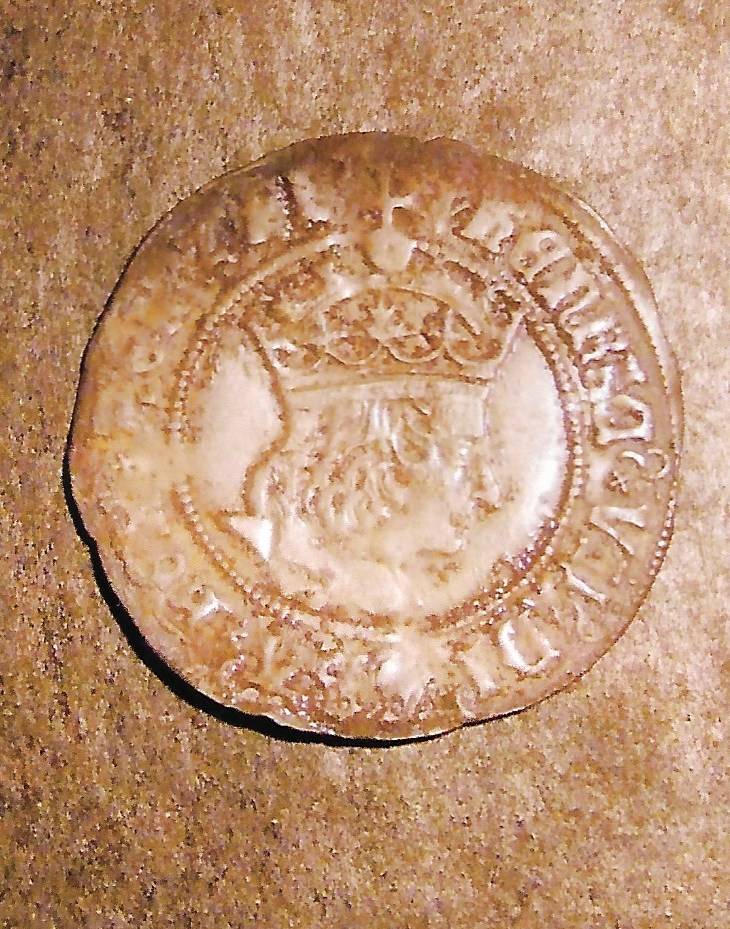
Little is known about Martham during this period of just over 100 years. There are no remains of any Tudor buildings in the village although the foundations of the Vicarage are believed to date from the period. The biggest event of the period was undoubtedly the turbulence caused by the Reformation under Henry VIII. It began with his quest for a male heir. When Pope Clement VII refused to annul Henry’s marriage to Catherine of Aragon, so that he could remarry, the English king declared in 1534 that he alone should be the final authority in matters relating to the English church. The break from the Catholic Church to that of the Church of England must have had effects even in this part of remote East Anglia.
The vicars of the time must have had a difficult time and this account from the diary of the vicar at Rollesby must have equally applied at Martham:
“After the 1534 Act of Supremacy when the King was confirmed as Head of the Church he had Bishop John Fisher and Thomas More beheaded: after that I decided to keep myself hidden away in the Broads and utter nothing of any consequence. That at least was my intention, but twice I became embroiled in national politics. In 1536 the monasteries were dissolved. The money went straight into the royal coffers, but it caused social upheaval. At least the monasteries had kept people in employment and looked after beggars and vagrants. Now these people are a positive nuisance in the district.
The new Bible was available to the people having been translated into English and six articles published, which were against the Pope: I am no hero so I accepted all that was done by my superiors. I have seen what happens to those who protest. The villagers have enjoyed the Bible now they can understand it, but they are beginning to ask a good number of questions.
I was caught up in a serious rebellion led by Robert Kett from Wymondham. Life had become extremely unfair for ordinary people and I could not stand by and watch parishioners starve and lose their livings. I saw the rebellion first-hand because I became directly involved. Despite what people may say, it was not a political uprising but we went to war because of the economic and social problems in our area. The old system of villagers being a viable economic entity under the manor started to disappear at the turn of the century, but by the 1540’s most of the (cultivation) strips had been enclosed and even the best freeholders and copyholders were losing their rights to land. This consolidation of land, along with inflation caused, they say, by the King’s continual debasing of the realm’s coinage, meant that many villagers no longer had work or land and were in danger of starvation.
The rebellion was made easier because or the remoteness of East Anglia from the power seat of London but as you undoubtedly know the rebellion collapsed, mainly because we failed to take Great Yarmouth. The failure to take Yarmouth was serious. The people of that port drove us rebels away and even captured some of the guns that we had taken from Lowestoft.”
Martham Vicars during this period were appointed by the Dean & Chapter of Norwich Cathedral and were:-
1540 – John Harridance who died in 1559
1559 – Robert Foulsham who died in 1603
1603 – Robert Ovington (non-resident) and Robert Lynsey (curate to the above and then vicar.)
These are some of the things that were happening in Martham during this period:-
- In 1523, during the reign of Henry VIII, the rental income of the Prior’s manor in Martham was £30. 11s 1d.
- At the time of the Dissolution of the Monasteries between 1536 and 1541 Martham came into the ownership of Henry VIII and remained so until 1547 when Edward VI became King. On 9th November 1547 St Mary’s and the patronage of the vicarage was given by Parliament to the Dean and Chapter of Norwich.
- In the reign of Queen Elizabeth I, (1558-1603), Martham was held by the Crown and valued at £48. 16s. 8d. per annum. Hugh Ellis had a lease of it and afterwards the Cleres and Sir Edward Clere held it.
Photographs
Life must have continued for the more ordinary folk and evidence of this is provided by these finds all made locally by Jean Chaplin.
